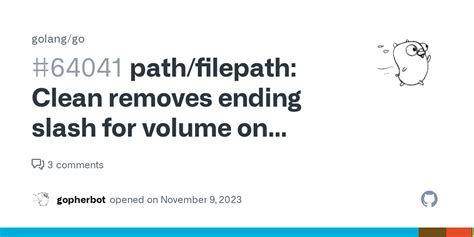Ethereum: Binance API Data Application using Go-Routines

As we strive to integrate different services and the API systems in our existing systems, it is important to understand the basic concepts to ensure carefree performance. One of such services that has lately attracted considerable attention is Binance API, especially when it comes to flowing data. In this article, we will deepen the solution based on the consumption path of Binance streaming API.
What is Ethereum?
Before you immersed in the specifics of this example, let’s briefly introduce what Ethereum is. Ethereum (ETH) is an open code, a decentralized platform that allows you to make smart contracts and decentralized applications (DAP). The Ethereum network uses a unanimity mechanism called Pofe-Pake (POS), which allows users to confirm transactions and create new blocks without asking for yield.
Binance API and Data Streaming
Binance API provides real -time market data, including transactions, orders and other relevant information. However, this integration of the API with the existing system can be a difficult task due to its high demand. Binance streaming API is designed to effectively process large amounts of data, but it requires proper operation and processing.
Data streaming road routes
To introduce binance API flow using Go-Routines, we will follow these actions:
- Install the necessary libraries : We will use the “Synchronization/Atoms” common variable atoms for operations and “Net/http” to make HTTP requests.
- Create a GO structure to hold data : Determine a personalized GO structure to display Binance API stream that includes time mark, order identification number and other relevant information.
3
Introduction of data processing processing routine : creating a Go routine that processes any inbox from Binance API data.
Here is an example of Go Performance:
“ Go
Pack
import (
“FMT”
“log”
“Synchronization/Atoma”
“Time”
“github.com/binnageco/binance-api-go/v3”
)
Type binanceapi struct {
Customer *binance-api-go.v3. Customer
}
FUNC NEWBINANCE () *binanceapi {
Options: = and binance-api-go.optionoptions {
Apikey: “Your_api_Key”,
APISECRET: “Your_api_secret”,
Symbol: “BTC/USDT”,
}
C, ERR: = binance-api-go.newclient (options)
If I make a mistake! = zero {
Log.fatal (ERR)
}
Return and binanceapi {customer: C}
}
FUNC (b binanceAapi) GetStream () ( Sync.rwmutex, [] Struct {
a case of case. Time
Order string
Data structure {
Corner
String type
sideline
Int64 sum
}
}) {
varnish *sync.rwmutex
Can be ordered [] [] Struct {
a case of case. Time
Order string
Data structure {
Corner
String type
sideline
the amount of int64
}
}
Error: = b.client.getstream (“Straume”, “BTC/USDT”, FUNC (Straume *Sync.rwmutex) Error {
Stream.lock ()
Defer the stream.unlock ()
Orders = Appendix (orders, structure {
a case of case. Time
Order string
Data structure {
Corner
String type
sideline
Int64 sum
}
} …)
Return to zero
})
If I make a mistake! = zero {
log.fatal (ERR)
}
Straume = Atomic.newint32 (0)
return and flow, orders
}
FUNC MAIN () {
B: = NewbinanceAapi ()
For {
Flow, _, Error: = B.Getstream ()
If I make a mistake! = zero {
Log.
